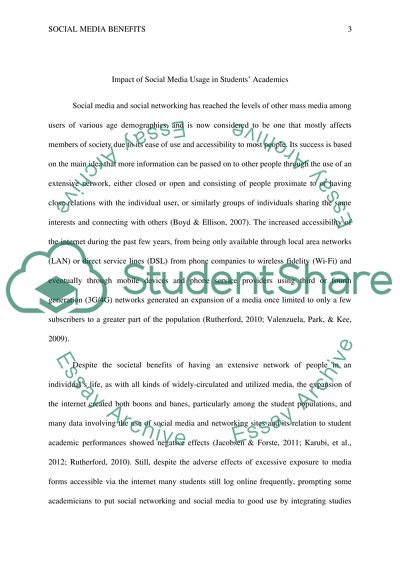Cite this document
(“The Effects of Social Media on Students and Their Studies Essay”, n.d.)
The Effects of Social Media on Students and Their Studies Essay. Retrieved from https://studentshare.org/sociology/1481285-the-effects-of-social-media-on-students-and-their-studies
The Effects of Social Media on Students and Their Studies Essay. Retrieved from https://studentshare.org/sociology/1481285-the-effects-of-social-media-on-students-and-their-studies
(The Effects of Social Media on Students and Their Studies Essay)
The Effects of Social Media on Students and Their Studies Essay. https://studentshare.org/sociology/1481285-the-effects-of-social-media-on-students-and-their-studies.
The Effects of Social Media on Students and Their Studies Essay. https://studentshare.org/sociology/1481285-the-effects-of-social-media-on-students-and-their-studies.
“The Effects of Social Media on Students and Their Studies Essay”, n.d. https://studentshare.org/sociology/1481285-the-effects-of-social-media-on-students-and-their-studies.


